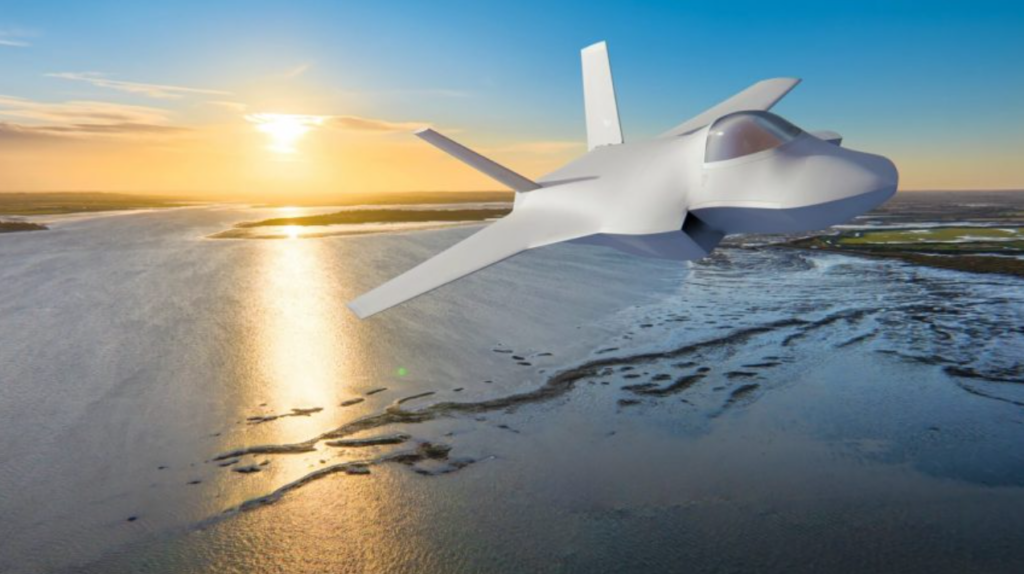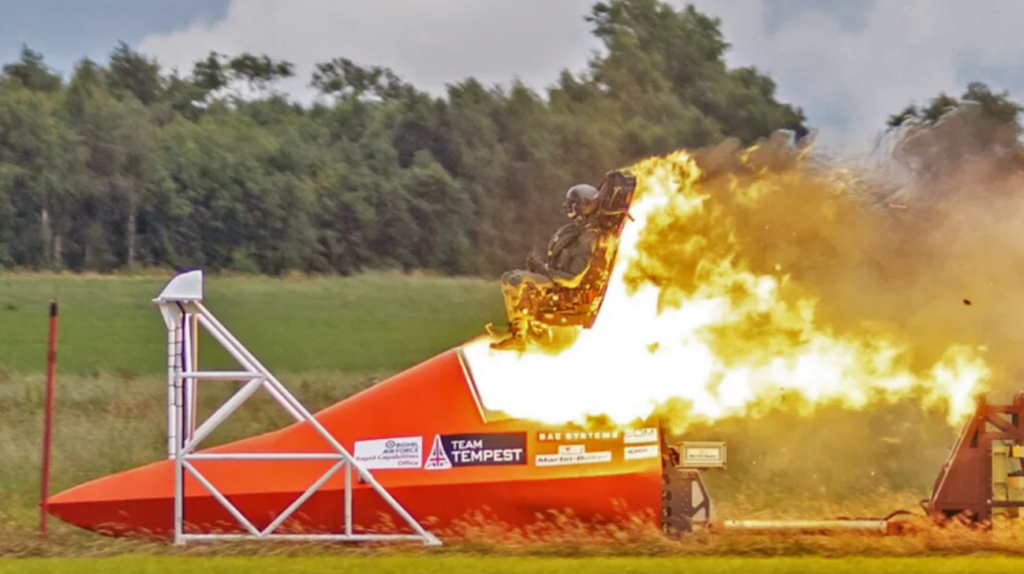UK Unveils Next-Gen Tempest Combat Air Demonstrator for GCAP Fighter Jet Program
The United Kingdom has unveiled its new Combat Air Flying Demonstrator, a piloted prototype jet designed to help develop Britain’s next-generation fighter. Industry partners BAE Systems, Rolls-Royce, MBDA UK, and the UK Ministry of Defence released the first images of the supersonic demonstrator in mid-2025. This demonstrator is not intended to be the final operational fighter but serves as a testbed to mature critical technologies for the Global Combat Air Programme (GCAP). GCAP is a UK/Italy/Japan initiative aiming to deploy a new combat jet (known as Tempest in the UK) by the mid-2030s.
Key design features of the Flying Demonstrator echo modern stealth concepts. The aircraft features an unusually wide fuselage, designed to carry weapons internally, along with twin canted vertical tails. Its sharp nose and small intakes (feeding hidden serpentine ducts) are designed to reduce radar signature. Rolls-Royce has already tested a pair of Eurojet turbofan engines (from the Typhoon) to power the demonstrator. More than 100 UK companies, including missile manufacturer MBDA, are contributing to the project, underscoring a broad national effort. Progress on building the aircraft has been rapid. BAE reports that the main structure (wings, fuselage, tail) is being manufactured now, and over two-thirds of the airframe’s structural weight is already in production. Cutting-edge manufacturing methods such as 3D-printed components, collaborative robots (“cobotics”), and digital twins (virtual models) are being used to speed assembly and improve accuracy. For instance, large carbon-fiber panels (including a single-piece center fuselage skin) are being fabricated and assembled at BAE’s Lancashire facilities.

While the jet itself is still in assembly, test pilots are already training on it virtually. Dedicated simulators have logged over 300 hours of flight testing with Royal Air Force, BAE, and Rolls-Royce pilots. This allows engineers to refine the flight-control system and collect performance data years before the aircraft’s first flight. The demonstrator’s primary purpose is to de-risk key technologies, transitioning from stealth shaping to advanced electronics, which will be integrated into the final fighter.
The Combat Air Flying Demonstrator is a vital step in Britain’s Combat Air Strategy. The UK House of Commons states that Tempest and its demonstrator are on schedule for a 2027 test flight and are expected to enter service around 2035. The UK aims to maintain its position at the forefront of the aerospace industry by developing and flying this new British-designed jet.

